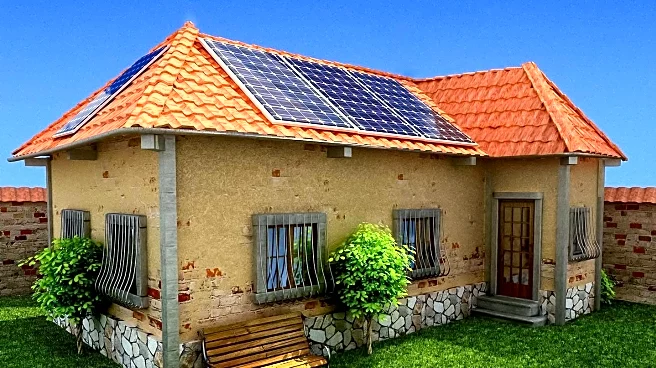What's Happening?
Mold growth in homes is a common issue, often occurring in hidden areas where moisture accumulates. Laureen Burton, a chemist/toxicologist with the EPA's Indoor Environments Division, identifies key locations such as air conditioning units, attics, basements, bathrooms, behind walls, kitchens, and laundry rooms as potential mold hotspots. Mold can affect indoor air quality and respiratory health, causing allergic reactions. Homeowners are advised to address moisture problems promptly and maintain proper ventilation to prevent mold growth.
Why It's Important?
Mold poses significant health risks, particularly for individuals with respiratory conditions or allergies. It can lead to costly property damage if left unchecked. Identifying and addressing mold growth is crucial for maintaining healthy indoor environments. The information provided by the EPA expert helps homeowners take proactive measures to prevent mold-related health issues and property damage, emphasizing the importance of regular home inspections and moisture control.
What's Next?
Homeowners are encouraged to inspect their homes regularly for signs of mold, such as musty odors or visible stains. Addressing leaks and humidity issues promptly can prevent mold growth. In cases of widespread mold, professional remediation may be necessary. The EPA recommends using dehumidifiers and ensuring proper ventilation to maintain indoor air quality.
Beyond the Headlines
The issue of mold in homes highlights broader concerns about indoor air quality and the importance of environmental health. It underscores the need for public awareness and education on maintaining healthy living spaces. The role of government agencies like the EPA in providing guidance and resources is crucial for addressing these challenges.














